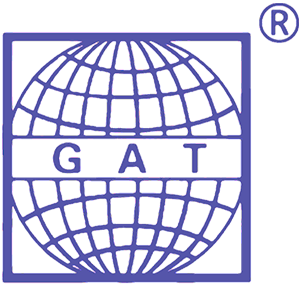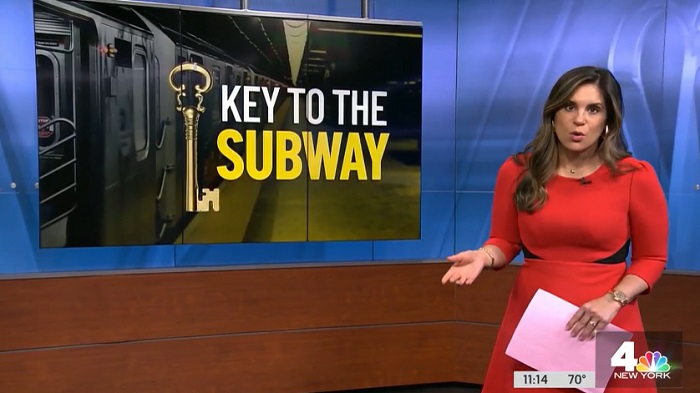
An old scam has resurfaced, promising subway riders free fare with a “key to the subway.” News 4’s Chris Glorioso learned the MTA is one step ahead of the fraudsters.
The advertisement on Craigslist was meant to sound like a straphanger’s dream.
"$100 and never have to buy a metrocard," the seller wrote.
"Fare hikes - No problem," he added. "Turnstiles who needs them!!"
The seller was looking to cash in on a key that he said could open every emergency gate in the NYC subway system, allowing users to bypass the turnstiles and evade the $2.90 cost of a ride.
When contacted by the NBC New York I-Team, the seller agreed to meet — and demonstrate how easy it is to evade the fare and take the MTA for a ride.
“I got mine from somebody who works for the MTA,” the seller said, unaware he was being recorded by the I-Team. “I use my key in front of cops.”
Though he may have managed to slip past the turnstiles without paying in the past, the seller ran into a major roadblock – or better said, a major rail block — on the day he met the I-Team.
Unbeknownst to the seller, NYC Transit had just completed a massive project to install metal caps covering keyholes on every emergency access gate in the subway system. Prior to this year, one of the two keyholes on each gate had been used by MTA employees and various contractors to access platforms for repairs or maintenance. Over time though, some of the keys were copied and some made their way into the hands of those who shouldn’t have them.
Richard Davey, the President of NYC Transit, couldn’t say how many gate keys are illegally circulating in the public – but he said there were too many out there, and the MTA had to block further fraud at the gate.
“So what we’ve done in the last couple of months is change out every key in the system,” Davey said. “Fare evasion is as old as the subway itself, so continuing to get ahead of folks who have an opportunity or a scam, it’s our responsibility to do that.”
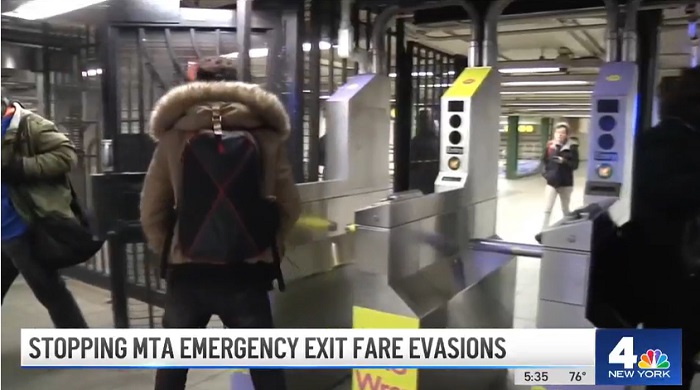
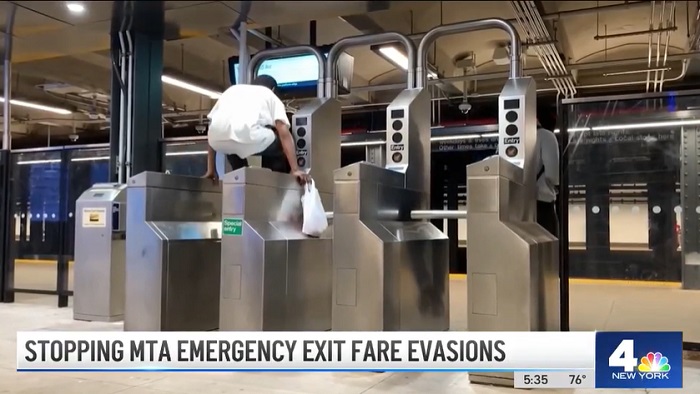
The MTA is taking additional steps to stop fare evaders.
According to Davey, fare evasion on the subways hovered between 5-7 percent before the pandemic. But since NYC emerged from COVID restrictions, he says the percentage of cheaters has doubled – with turnstile jumpers costing NYC Transit more than $600 million last year.
Among the strategies to try and reduce cheating, NYC Transit is investigating high-tech turnstiles that have taller glass doors and lower-tech interventions like re-tooling turnstiles so they can’t “back-cock,” a common maneuver used to tilt the metal bars back just a little - so people can squeeze through without paying.
The MTA has also seen success with a simpler strategy – paying private, unarmed security to stand in front of the emergency gates. Over the last year, the agency estimates stations with private gate guards have generated an additional $14 million dollars in fare revenue, a promising sign that more straphangers are following the rules there and paying for their swipes.
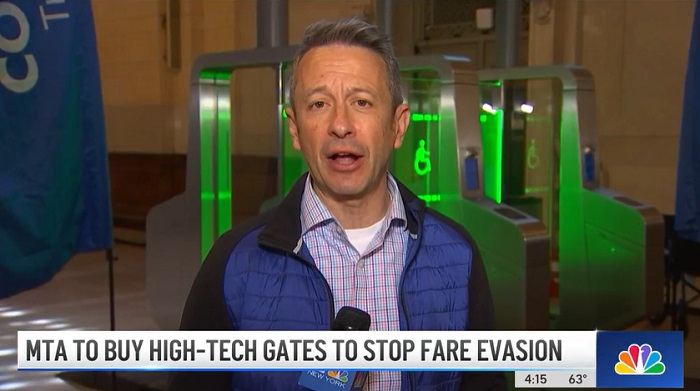

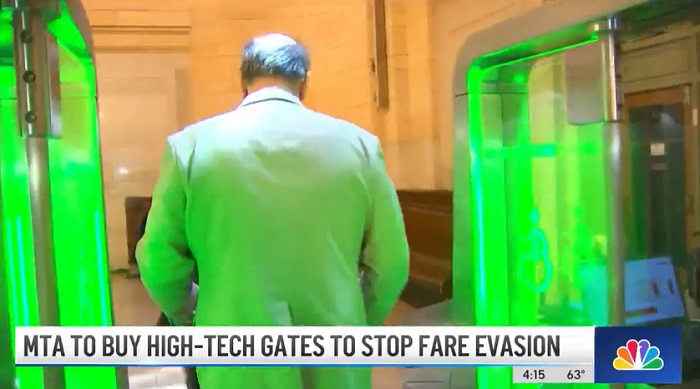
Whether it’s people jumping the turnstile, unlatching easy-to-reach emergency exit doors, or hopping on a bus without paying, fare evasion is rampant across the city. NBC New York's Andrew Siff reports.
After capping one of the keyholes on each emergency gate – there is still one operating keyhole left. The remaining keyhole is reserved only for FDNY and NYPD responders who have keys which aren’t easy to copy.
After trying his key at multiple gates, without luck, the Craigslist seller left the subway station – insisting lots of other stations still have keyholes unprotected and vulnerable to the fare beating scam. Later, the I-Team contacted the seller, informing him of the MTA’s keyhole capping program and telling him he’d been recorded while trying to sell the key.
He texted back, asking to see the video and admitting, “The key didn’t work, it wasn’t sold to you or to anyone. And I think the MTA is doing a magnificent job at stopping fare evasion.”
Copyright NBC New York
